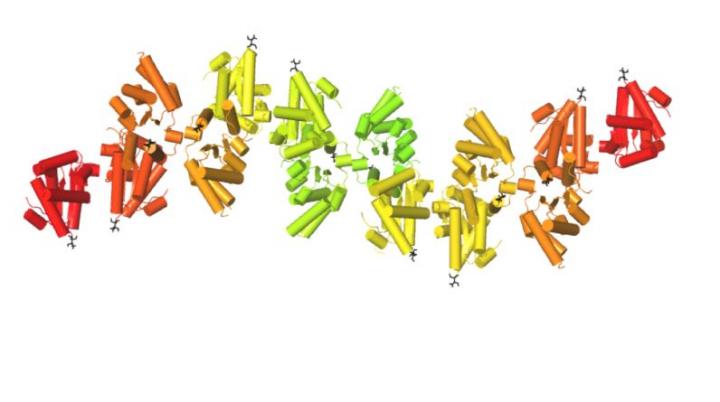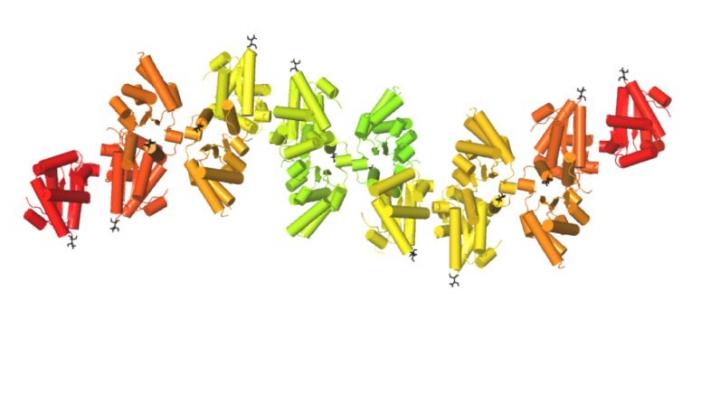
Credit: Bostjan Kobe
A University of Queensland-led study has highlighted the minute details of how the plant¹s immune system leads to its ability to resist disease.
UQ School of Chemistry and Molecular Biosciences and Australian Infectious Diseases Research Centre researcher Professor Bostjan Kobe said the finding was significant as food security was an increasingly relevant problem worldwide.
"It is estimated that pre-harvest plant diseases account for up to 15 per cent of crop losses per year," he said.
"Breeding resistant plant varieties has been the main strategy to combat plant disease, especially because pesticides can be detrimental to the environment.
"While many plant resistance genes have been identified in the past 20 years, we have a limited understanding of how the products of these genes work.
"In the report, we described how one part of the immune receptor protein signals to make the plant resistant to disease."
The research team used x-ray crystallography to understand how the immune receptors assembled during signalling.
Plant molecular biology experts from Australia, South Korea and USA, demonstrated that these interactions were crucial for converting the signals that ultimately made plants resistant to disease.
"It is vitally important that we understand how plant immune systems function," Professor Kobe said.
"Crop losses present a significant economic, environmental and social challenge in a world facing increased demands on food, fibre and biofuels.
"In the long-term, this research will help make more effective synthetic resistance genes that can be used to provide additional protection in Australia and worldwide from crop diseases."
The study was funded by an Australian Research Council Discovery Grant and is published in the Proceedings of the National Academy of Sciences of the United States of America.
The collaborative group includes the teams of Dr Peter Dodds at CSIRO Plant Industry, Associate Professor Peter Anderson at Flinders University, Dr Kee Hoon Sohn at Pohang University of Technology, South Korea, and Professor Brian Staskawicz at the University of California Berkeley.
The paper is co-published with a related paper from the team led by Professor Jeffery Dangl at the University of North Carolina in the USA, which reached similar conclusions while studying a different plant immune receptor system.
###
Media Contact
Bostjan Kobe
[email protected]
61-733-652-132
@uq_news
http://www.uq.edu.au
############
Story Source: Materials provided by Scienmag





